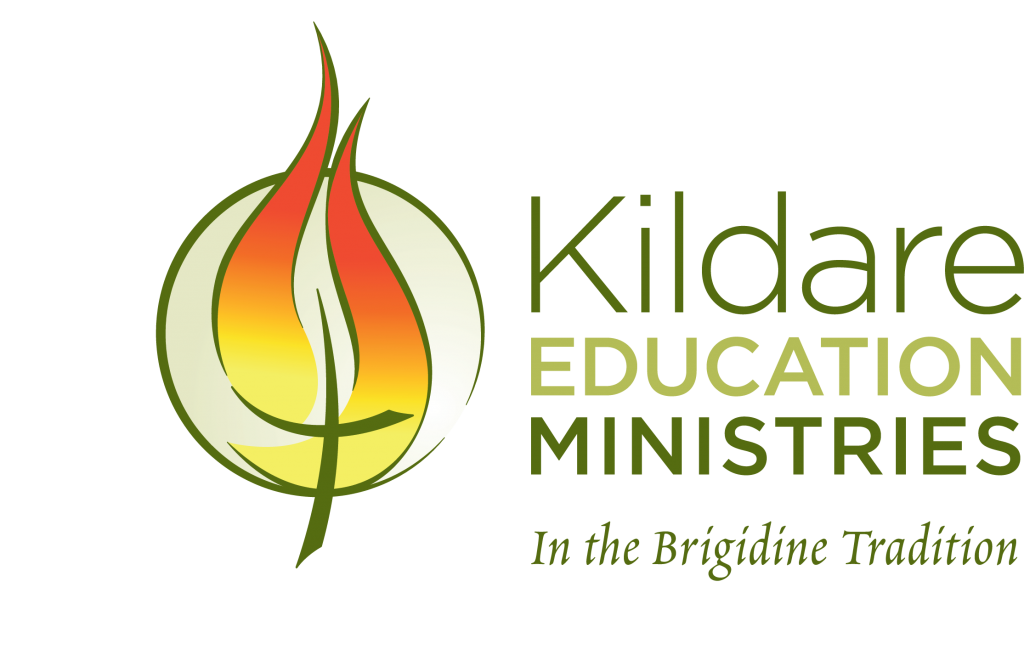Rationale
The English language is central to the way in which students understand, critique and appreciate their world, and to the ways in which they participate socially, economically and culturally in Australian society.
The study of English encourages the development of literate individuals capable of critical and imaginative thinking, aesthetic appreciation and creativity. The mastery of key knowledge and skills underpins effective functioning in the contexts of study and work as well as productive participation in a democratic society in the twenty-first century. Students will continue the learning established through the Victorian Essential learning Standards (VELS) in the key discipline concepts of texts and language, and the dimensions of reading, writing, speaking and listening.
The study of texts focuses on creating and analysing texts, understanding and interpreting texts, and moving beyond interpretation to reflection and critical analysis.
Structure
The study is made up of 4 units.
Unit 1
In this area of study, students engage in reading and viewing texts with a focus on personal connections with the story, as well as engage with and develop an understanding of effective and cohesive writing. They explore ideas and values presented in text and develop their own imaginative, persuasive and informative texts.
Areas of Study:
- Reading and exploring texts
- Crafting texts
- Reading and exploring texts
- Exploring and presenting argument
Unit 3
In this unit students read and respond to texts analytically and creatively. They work with complete sustained texts and mentor texts.
Texts selected for study in Area of Study 1 must be chosen from the Text List published annually by the VCAA.
The term ‘selected text’ refers to a text chosen from the list of prescribed texts in the Text List published by the VCAA.
Areas of Study:
- Reading and responding to texts
- Creating texts
Unit 4
In this unit students continue developing their ability to read, respond to and analyse texts. They work with a set text to examine ideas and concerns explored in that text and examine contentious issues to analyse how language is used to develop and present a point of view.
They create and deliver an oral presentation intended to position audiences about an issue currently debated in the media.
Texts selected for Area of Study 1 must be chosen from the Text List published annually by the VCAA. The issues selected for Area of Study 2 must have appeared in the media since 1 September of the previous year but need not be the same as the issue selected for study in Unit 3.
The term ‘selected texts’ refers to a combination of texts chosen from the list of prescribed texts for comparative study in the Text List published by the VCAA.
Areas of Study:
- Reading and responding to texts
- Presenting and analysing argument.
Assessment
Satisfactory Completion
Demonstrated achievement of outcomes specified for the unit. This decision on the teacher’s assessment of the student’s performance on assessment tasks designed for the unit.
Levels of Achievement
Unit 1 and 2
The individual school will determine levels of achievement.
Unit 3 and 4
School-assessed coursework and examinations.
Unit 3 school-assessed coursework: 25 per cent
Unit 4 school-assessed coursework: 25 per cent
End-of-year examination: 50 per cent.


